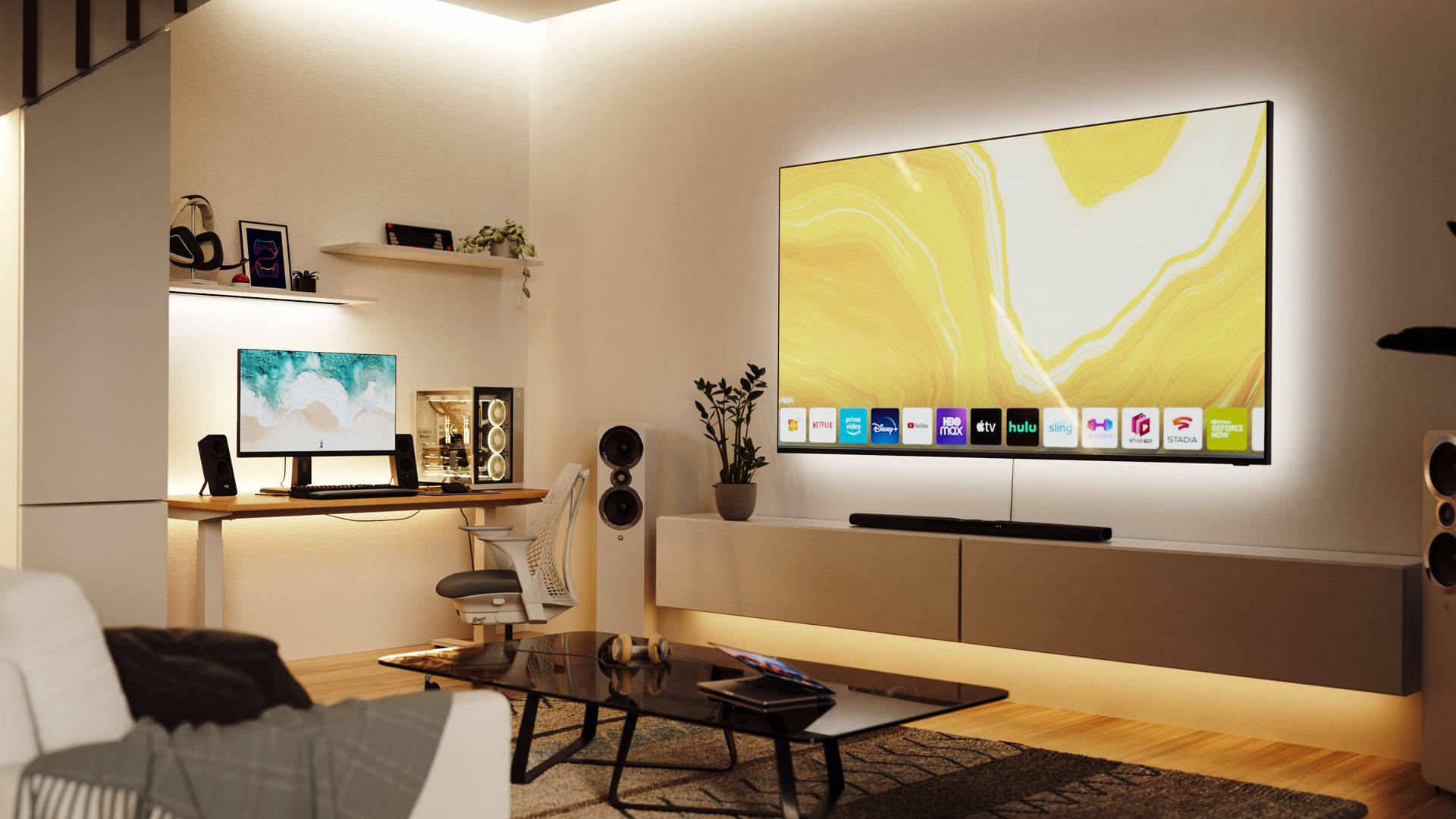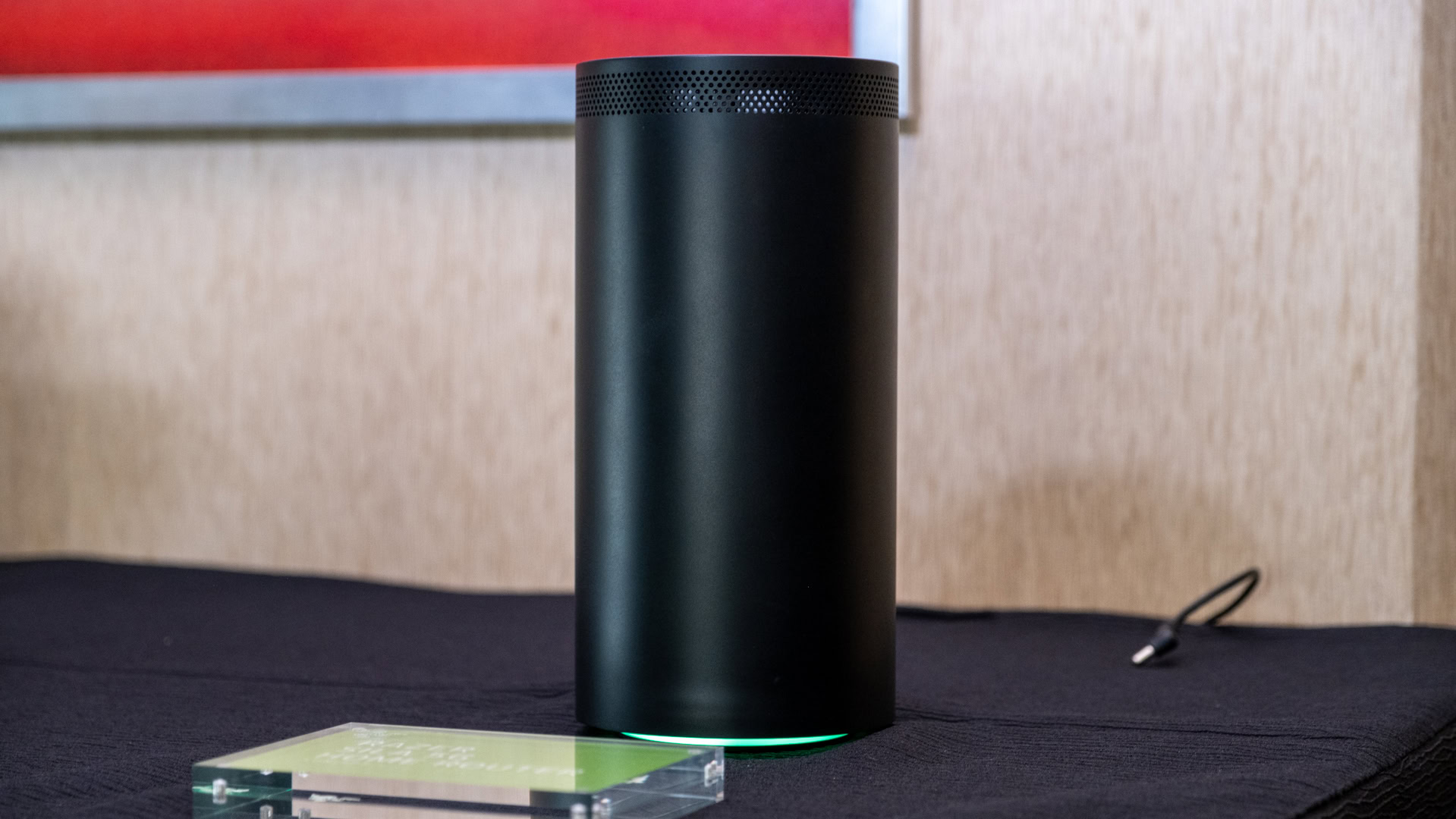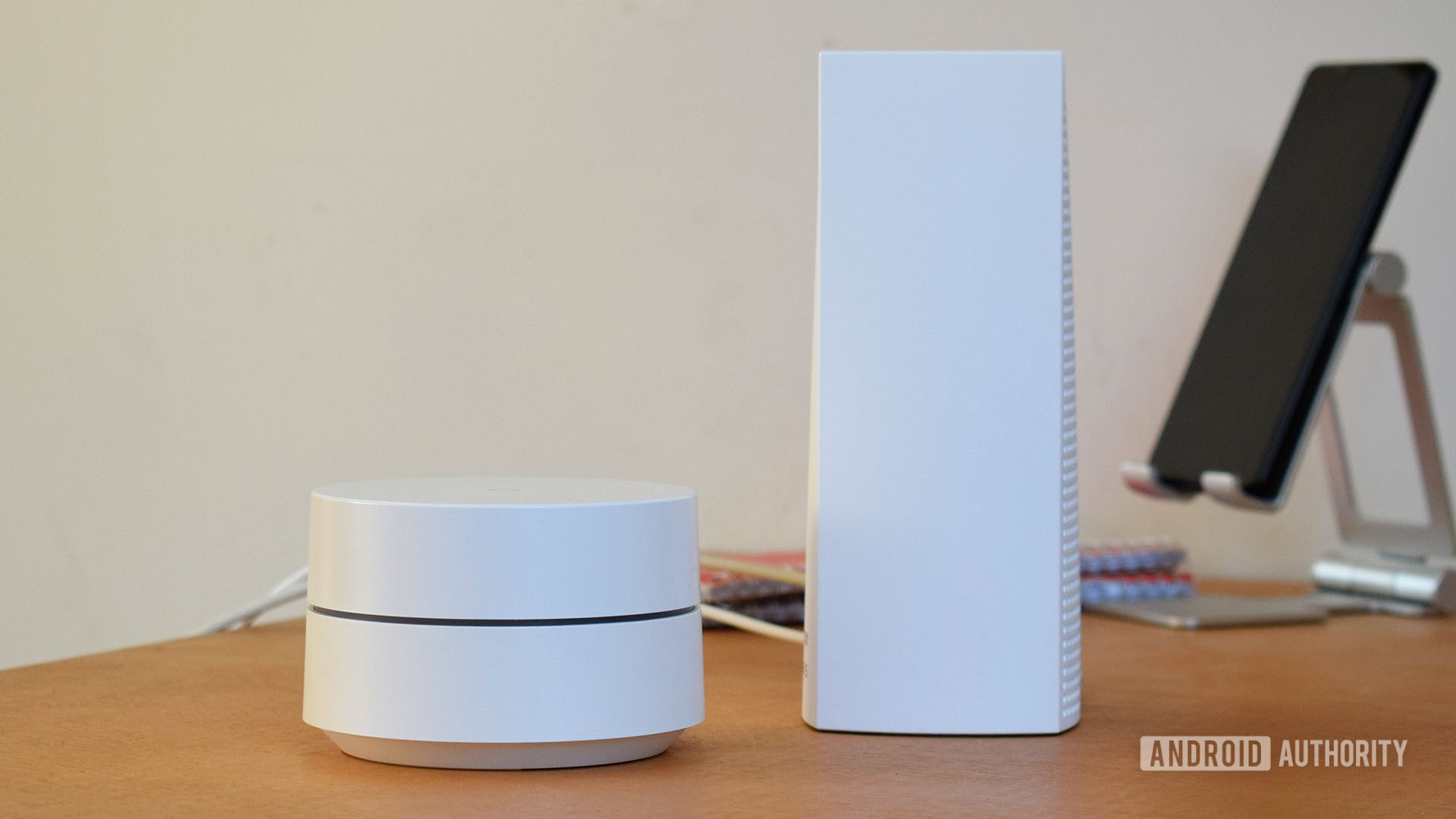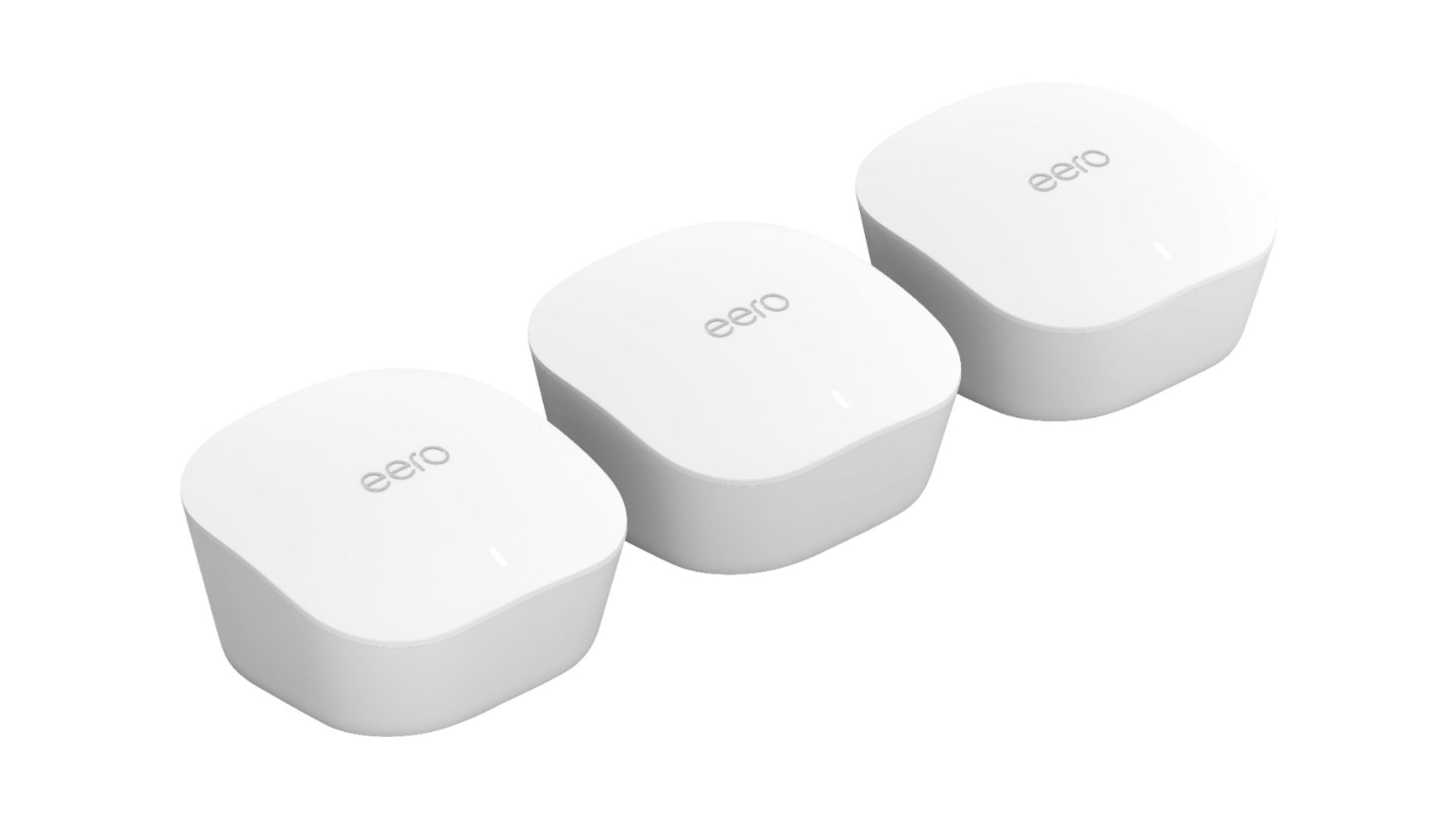Affiliate links on Android Authority may earn us a commission. Learn more.
Your smart home should stay on a separate Wi-Fi network

One of the challenges of a smart home is ensuring a stable Wi-Fi connection with decent security. Many accessories are Wi-Fi-only, and even if they support other standards like Zigbee or Thread, they likely turn to Wi-Fi for remote access, firmware updates, and/or linking with platforms like Amazon Alexa and Google Home. At one point or another, Wi-Fi is a critical link in the chain.
Though it’s not strictly necessary, one way to keep Wi-Fi healthy is to put as many smart home accessories as possible on a separate network. There are a few reasons why, and different approaches depending on your needs.
Why you should use a separate Wi-Fi network

Easy, stable connection
The leading reason is guaranteed connections to the 2.4GHz band. Whenever they use Wi-Fi, most smart home accessories support 2.4GHz exclusively, since it offers better range and lower power consumption than 5 or 6GHz. It also keeps parts costs down — dual- or tri-band chips might not be horrendously expensive, but the difference adds up when you’re shipping millions of plugs or light bulbs.
Smart home accessories typically need a guaranteed 2.4GHz Wi-Fi connection.
Many Wi-Fi routers let you join both bands under the same SSID (network name). This simplifies connecting new products and allows devices on each band to talk to each other, but the downside is that 2.4GHz accessories can get a 5 or 6GHz response and temporarily lose their connection. A dedicated 2.4GHz network solves this.
Better security
Next there’s the matter of security. While smart home tech is often well-encrypted these days, a separate network limits the damage a hacker can inflict, since there’s no easy bridge from your smart home to devices like phones and computers. It also protects you when manufacturers screw up, say through a major server breach or failing to patch known vulnerabilities. A minority of companies even use hard-set passwords that can’t be changed, making their products an easy vector for attack.
Plus, if you’ve got enough hubs and compatible accessories for offline automation, you can potentially keep your dedicated smart home network offline most of the time unless you need updates or remote access. This isn’t a viable option if you’ve got things like security cameras, obviously, but it’s the ultimate security fallback.
Less network congestion
Last but by no means least on our list is network overload. Wi-Fi routers can only handle so many simultaneous connections. While a single apartment-dweller may never run into any problems, a couple with a house can hit their limit in a hurry, especially if they deck out each room with Wi-Fi lights (like LIFX) instead of ones that connect to a hub (like Philips Hue). Don’t get me wrong — built-in Wi-Fi bulbs can be great, but only if you’re using a handful.
It’s possible to avoid this overload by using a Wi-Fi 6 router, but 2.4GHz traffic could still get congested quickly since it only supports 11 channels, whereas 5GHz allows many times that number. The more you can offload from a single network’s 2.4GHz channels, the better.
What are the easy options for separate Wi-Fi networks?
Your router’s guest mode
The simplest approach is the “guest mode” on your router, which provides a unique SSID and password with restricted access. All this really does is improve security, though, since it doesn’t alter how bandwidth is handled.
Decouple those dual bands
The best option for most people is using separate SSIDs on a single router, with the bulk of ‘regular’ tech devices (streamers, laptops, etc.) connected to 5 or 6GHz, and all your smart home equipment on 2.4GHz. This improves security, forces devices to use a reliable band, and still doesn’t cost anything extra unless you have an older router that can’t handle 5GHz or a sufficient number of connections. If that’s the case, you’ll want to upgrade with or without a smart home.
The best option for most people is using separate SSIDs on a single router.
Some routers default to split SSIDs, and even when they don’t, a quick Google search will tell you how to set that up via your router’s web or app interfaces. Just give each SSID an obvious label — a common convention is adding “2G” and “5G” to a shared base name.
There are some drawbacks to this method, though. For one, you’ll have to change the assigned Wi-Fi network for each device if you’ve already set them up.
Depending on how you isolate bands, devices connected to one SSID may not be able to talk to devices on another, which can make manual control a hassle. If your phone is on 5GHz but your lights are on 2.4GHz, for example, you might have to switch your Wi-Fi network whenever you want direct app access. Likewise, media streaming features like AirPlay and Google Cast could break depending on whether devices are required to be on the same network.
There are ways to alleviate these issues, such as keeping your phone on 2.4GHz. You might also assign most control to a combination of automation, switches, speakers, and/or smart displays, though I would avoid buying much more than you already have. No sense increasing the burden on your wallet as well as your network.
What about using a second router?

For some a second router might be an ideal solution, since you’re effectively cleaning the slate for bandwidth, and siloing smart home accessories through hardware and not just logins. It’s the strongest possible security measure — in fact, if you want to take accessories off the internet, you can just pull a plug without disrupting anything else. But your accessories have to be linked to a hub to keep automations running offline, as I mentioned earlier.
All said, a second router is probably overkill. A single Wi-Fi 6 unit should be able to handle anything you throw at it, load-wise, and most people aren’t facing such serious threats that they need hardware isolation. Separate SSIDs should do, and save you considerable cash.
Are there scenarios when I shouldn’t use a separate network?

There can be. If you prefer app-based control and also insist on having your phone on 5 or 6GHz Wi-Fi, that’s one. Another is if you regularly use AirPlay or Google Cast and you’re not sure whether they’ll continue to work with your specific devices. It sounds frivolous, but personally, one of my favorite things is casting bedtime media to my Nest Hub. Losing that would be a dealbreaker.
If you can at all make it practical, though, I strongly recommend some sort of separate network. Security matters, as does keeping accessories online — you’ve defeated the convenience of a smart home if devices drop offline right when you need them.
